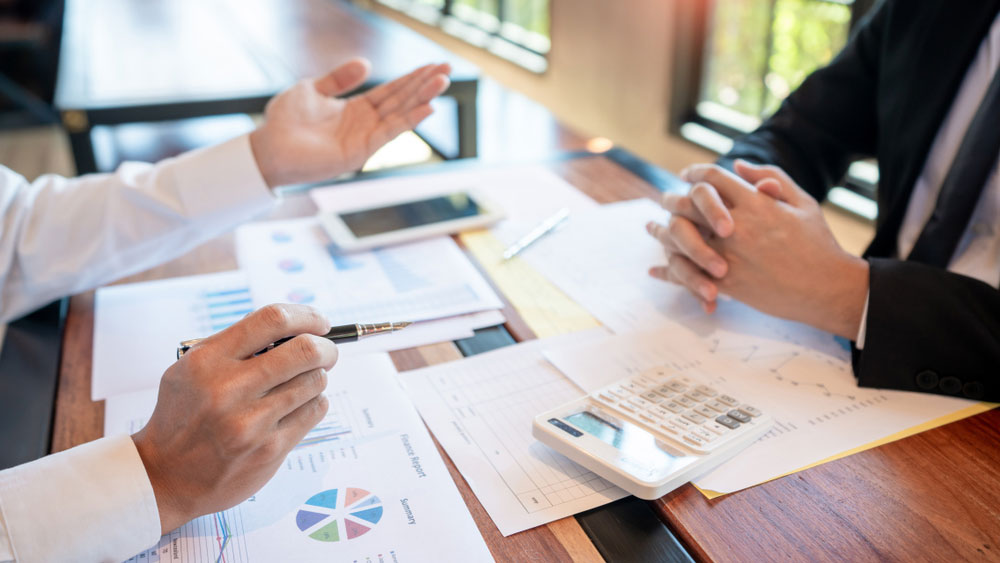The supply-side theory aims to stimulate the economy’s growth
What is the supply-side theory?
As its name suggests, the supply-side theory is a theory that says the increase of goods supply will end up in economic growth. Several US presidents used this concept to stimulate the economy as it tackles target variables that strengthen its capability to supply goods and services. Other people also refer to this as the supply-side fiscal policy. This fiscal policy can use different kinds and amounts of basis. There is no scope limit, but the aim is to pinpoint variables that will help entities like governments meet an increased supply which can be succeeded by economic growth.
How did it start?
Over the years, many theorists involved in the supply side have looked at reducing corporate income taxes, capital borrowing rates, and easement of business regulations. Let’s break them one by one:
- First, we have the reduction of income tax rates. Theorists said that doing this will give companies more cash that can help them reinvest.
- Next, we have reducing capital borrowing rates for the same reason.
- Finally, suppose there is an easement regarding business regulations. In that case, production will be faster because companies will have more time if they do not need to go through long processing periods and irrelevant reporting requirements.
These three variables are said to give incentives for expansion, higher production levels, and more production capacity. Although the government can still take any action, they prefer regarding the supply side. The current culture will always have an impact on the supply side fiscal policy. In fact, economics relevant to this can probably play a role in increasing domestic supply. It can also make domestic products more attractive than those from abroad.
Have you heard of the trickle-down effect?
Many supporters of the supply side policies believe they have a trickledown effect. It is a theory that focuses on economic variables that can be effective when it comes to boosting production. Hence, companies may have more production and a chance at expansion. They may hire more employees, raise wages, and increase consumers’ money simultaneously. However, this is still a theory, and it was not practiced yet.
We cannot leave out the demand side.
If there is a supply side, we know there is also a demand side since these two almost always come together. However, they take two approaches when stimulating the economy. Others often refer to the demand side theory as the Keynesian theory because John Maynard Keynes coined it. The idea says that demand stimulates economic growth. Hence, people who support this theory empower those on the buying side. But how? The government can allocate more money on education, give unemployment benefits, and the like that will increase people’s spending power of buyers. On the other hand, several people beg to disagree on this idea. They believe that this has less desirable results even when it is more expensive and harder to implement.
Which among the two is better?
Many studies were made throughout the years. Some support one theory, and some support the other. There are many things to consider. But one thing is for sure. These studies tell us that it is hard to say the effect of both theories, at least confidently, because there are many economic variables like factors and environments. So, not one person can assure that one theory is better than the other because it is hard to say the accurate outcomes of these two theories.



